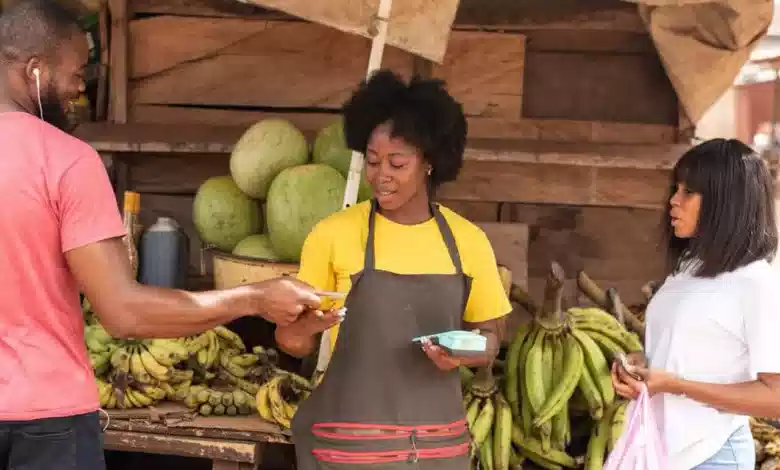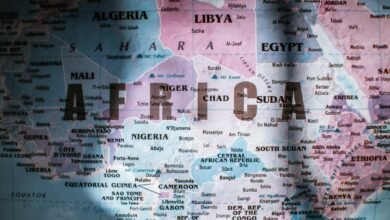
In 2023, an impressive milestone was achieved as 1.5 billion women, or 66% of the female population in low- and middle-income countries, used mobile internet—a significant increase with 120 million new users connecting for the first time. Despite this progress, a substantial challenge remains: approximately 785 million women are still unconnected, with the majority residing in South Asia and Sub-Saharan Africa. These findings are part of the annual “Mobile Gender Gap Report 2024” published by the GSMA.
This year’s edition of the report, funded by the UK Foreign, Commonwealth and Development Office (FCDO), and the Swedish International Development Cooperation Agency (Sida), and partially by the Bill & Melinda Gates Foundation, not only analyses the current state of mobile access among women across 12 low- and middle-income countries but also the persistent barriers compared to their male counterparts. It provides actionable recommendations for stakeholders aiming to reduce the gender gap in mobile ownership and usage, unlocking profound socio-economic benefits globally.
Key Developments and Insights
2023 marked a pivotal year as the gender gap in mobile internet adoption narrowed for the first time since 2020, particularly in South Asia, driven by an accelerated rate of adoption among women. In India, female internet adoption surged to 37%, significantly reducing the gender gap from 40% to 30%. Indonesia witnessed a similar trend, with women’s adoption rates surpassing those of men, narrowing the gender gap from 15% to 8%. Sub-Saharan Africa also experienced a slight narrowing of the gap for the first time in five years.
Despite these gains, women in South Asia and Sub-Saharan Africa are still less likely to use mobile internet than men, with gender gaps of 31% and 32%, respectively.

Persistent Gender Gaps Across Internet Use Cases
While there are now 1.4 billion women who own a smartphone, accounting for 60% of the female population in low- and middle-income countries, the gender gap in smartphone ownership slightly narrowed from 15% to 13% in 2023. This progress was primarily driven by South Asian women, who decreased the gap from 41% to 34%. However, 940 million women still do not own a smartphone, highlighting the need for continued efforts.
Mobile technology remains the primary—and often only—way people in low- and middle-income countries access the internet, accounting for 84% of broadband connections in 2023. Ownership of a smartphone significantly increases the likelihood of adopting mobile internet and using it regularly, which can unlock a myriad of socio-economic benefits.
Addressing Use and Adoption Barriers
The primary obstacles to mobile internet adoption among men and women who are aware of it include the affordability of handsets and the acquisition of literacy and digital skills. However, affordability poses a particularly challenging barrier for women due to factors like the gender pay gap and lower employment rates. Beyond initial adoption, the top barriers to usage vary more by country than by gender, including safety and security concerns, affordability (related to data and handsets), and connectivity experience.
The GSMA estimates that closing the gender gap in mobile ownership and usage across low- and middle-income countries could deliver an additional $230 billion in revenue to the mobile industry over an eight-year period. This economic incentive complements the profound social impact of increased mobile access for women.
Mobilising for Future Action
Claire Sibthorpe, Head of Digital Inclusion at GSMA, emphasizes the fragile nature of the progress made: “The reduction in the mobile internet gender gap is promising, but sustaining momentum is critical. We are collaborating with the industry, policymakers, and other relevant partners to address key barriers including affordability, awareness, and digital skills. Our Connected Women Commitment Initiative has shown that setting clear targets and taking informed, focused action can make a significant difference; since 2016, our operator partners have collectively reached over 70 million additional women with mobile internet and mobile money services.”
As the GSMA continues to rally support, the call to action is clear: governments, mobile network operators (MNOs), and development groups must work together to measure, understand, and effectively tackle the barriers women face. This collective effort is essential for ensuring digital and financial inclusion for women globally, also supporting the achievement of the 17 UN Sustainable Development Goals.






